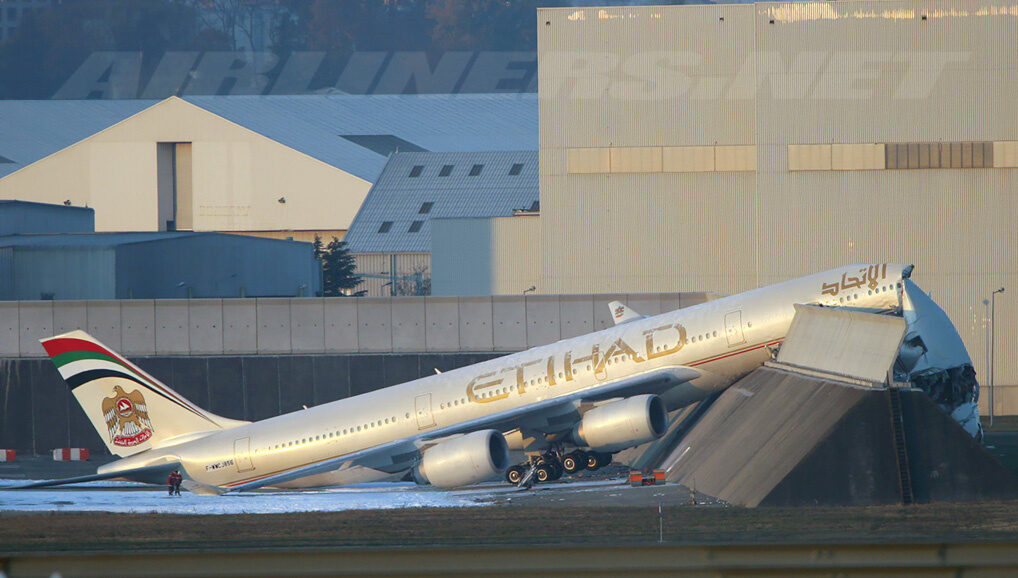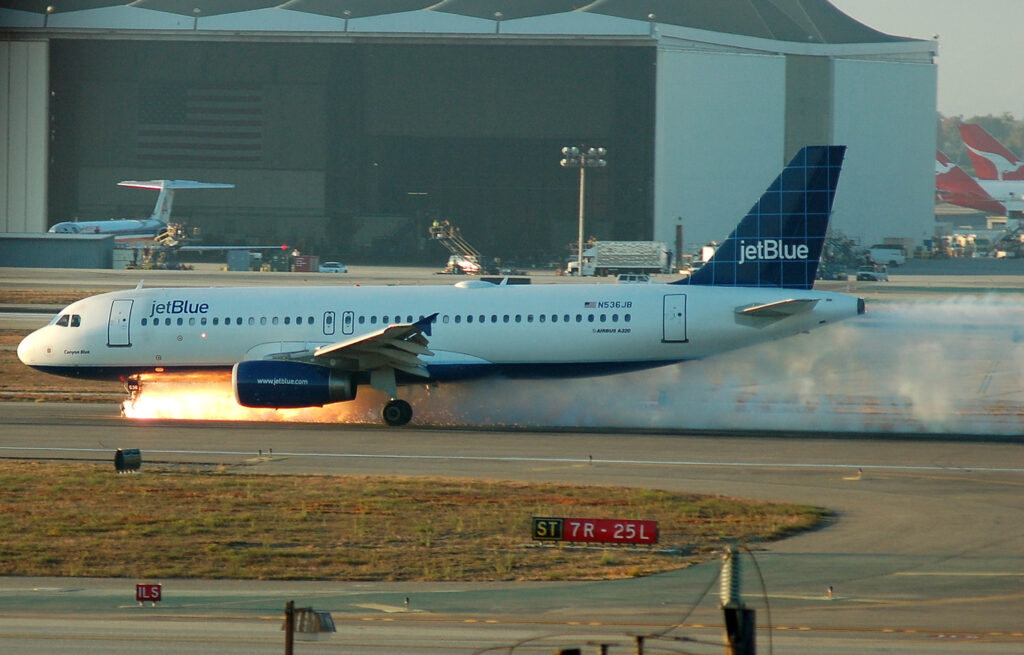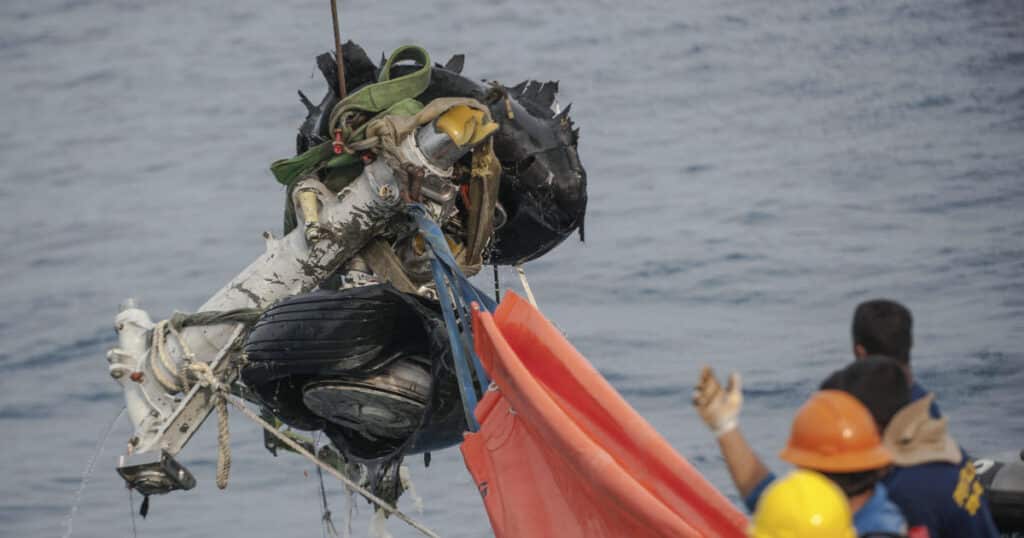Need a Risk Analysis? Just ask the Feds
Risk assessment is a dense, multi-faceted area. The best advice we can give is that you try to get level 8 or higher instruction on methodologies and tools at 3rd level institutions. It’s a remarkably interesting and rewarding area that can benefit how you problem-solve.
But if you don’t have time for all that, we have our own little suggestion. Our opinion is that theoretical concepts applied in the real world are the best way to appreciate and understand core concepts.

So, what we propose to do is introduce you to the Risk Assessment methodology preferred by the Federal Aviation Administration (FAA). One used most recently on the tragic events of the B737Max at both Lion Air and Ethiopian Airlines.
As an added bonus we have included the full FAA handbook on the RA itself and a link to the report where the methodology was used – in case you are working on an academic or journalistic research.
Why You need to TARAM
Transport Aircraft Risk Assessment Methodology. Issued in 2011, it outlines a process to calculate RISK associated with continued-operational-safety (COS) in an aircraft fleet. It explains how to use risk-analysis calculations to determine unsafe conditions as well as selecting corrective actions. In combination with other processes (such as MSAD), the FAA also uses it to assess foreign manufactured aircraft, engines and UAS systems. TARAM Risk measures two things.
- Fleet risk – The number of weighted events or fatalities expected in a defined period if no action is implemented to correct the identified, potentially unsafe condition.
- Uncorrected Individual risk – The probability of individual fatal injury per flight hour.
TARAM Risk Assessment
We want to produce consistent risk-analysis results. So, the severity and probability variables used in the TARAM are defined in a standardized manner. We do this to simplify the tasks associated with calculating risks. The primary step is to understand the CAUSAL CHAIN. This chain leads directly from the condition you study to the foreseeable unsafe outcomes for which an injury ratio is known.
You can then break these down further. Into.
- EARLY FAILURES
- RANDOM FAILURES
- WEAR-OUT FAILURES
These are combined with a factor called the frequency of occurrence (FOO). Over time across the total aircraft fleet. Like we said, this is not for the academic faint-of-heart. And a keen mathematical brain is needed. For example, if you know what conditional probability is and want to calculate it using accepted equations, then you are in the right place.
If that last sentence frightened the shit out of you. Then maybe you need an expert.
R-TARA Risk Assessment
The R-TARA or Random Transport Airplane Risk Analysis was more specific, in that the FAA realized that the issue was the MCAS and wanted to know how a group of pilots would react in this same scenario to see what could be predicted. The initial Boeing certification analysis showed that 99/100 of the pilots would react properly (and quickly), but the R-TARA revealed this to be a gross over-estimation.
Risk is a Health Indicator
The full TARAM report would eventually be concluded by the FAA safety team and its results were not pretty. Even with an FAA emergency AD (and if the MCAS was left as it was) they estimated that more than fifteen further fatal B737 Max crashes would have been expected over the lifetime of the fleet. Covering 4,800 aircraft in total and resulting in around 2,900 deaths. This was a fatal B737 Max crash every two years. Despite this calculation the FAA allowed the B737 to continue to fly while they mulled over this stat. In the 5 months after the Lion Air crash Boeing continued to deliver 150 more max aircraft, each one without a fix to the MCAS problem. But that all stopped in March 2019 with the Ethiopian crash.

Key TARAM Outcomes
The analysis delivers outcomes. This is what you are searching for. Hard data that can give you confidence in decision related to.
- Fail-safe design – 100% fail safe is not possible. Aircraft would not fly, nor would they be economical to do so, our goal must be to achieve safety in qualitative terms.
- Risk-level guidance – where risks are identified the TARAM can guide you in the corrective action that might be taken.
ASE (Aviation Safety Engineer) Risk assessment – the methodology will help decision-makers, such as the ASE, to determine which corrective action should be taken. AD (Airworthiness Directives) is created this way. As are aircraft certification office assessments.
The TARAM comes with practical worksheets for engineers and others to perform risk analysis. They break down each major step used to determine the risk values. Firstly, uncorrected for fleet risk and then corrected to show flight-hour risk, 90-day fleet risk and control-program fleet risk. These worksheets are also imperative to document and communicate the data used and decisions made at each step of the process.
When TARAM is used for AD’s, especially emergency AD’s, the ASE might issue the AD before the RA is completed but shortly after the action is taken to correct the safety condition, the worksheets must be completed and checked to verify the risks. This is exactly what happened in the B737Max event.

TARAM & The B737Max Crashes
We have a full article on the B737Max crashes. It doesn’t make enjoyable reading if you are an ASE, or a Risk-analyst. Or anyone from Boeing or the FAA for that matter. When the Lion Air crash occurred it wasn’t obvious what we know now about the MCAS, and how that happened. In the FAA’s defense they weren’t in possession of the true facts until months later.
But between the Lion Air and Ethiopian crashes the FAA used the TARAM quantitative risk method to predict the potential for future accidents of the risk of other technical incidents. It wouldn’t be long before that would be thrown out and R-TARA started instead. The R-TARA or Random Transport Airplane Risk Analysis was more specific in that they realized what the issue was (MCAS) and wanted to know how a group of pilots would react in this scenario to see what could be predicted.
This was a fatal B737Max crash every two years. Despite this calculation the FAA allowed the B737 to continue to fly while they mulled this over. In the 5 months after the Lion Air crash Boeing continued to deliver 150 more max aircraft, each one without a fix to the MCAS problem. But that all stopped in March 2019 with the Ethiopian crash.
All Flying is Risk
The TARAM analysis became a focus point in the congressional hearings that followed. With all of those non-aviation staff members needing a crash-course in how it worked. They wanted to know because they needed to know who knew what and when. And the TARAM would reveal that. We know now that these risk analysis and safety assessments were fudged or binned to make way for efficiency speed and cost reduction. Don’t do that. Use the TARAM, maybe not the entire bible but at the very least use its framework and you won’t go far wrong.






